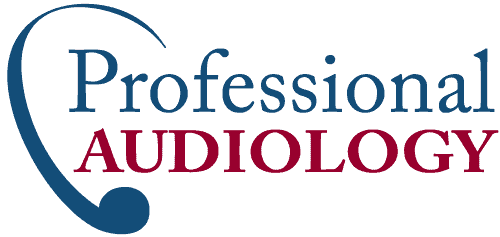In the hustle and bustle of daily life, exposure to various sounds is inevitable. However, all that sound can be a threat to our hearing health. Noise-induced hearing loss (NIHL) can impact people of all ages, and learning more about the signs and symptoms can help you protect your hearing.
How Loud Is Too Loud?
When it comes to everyday sounds, it’s hard to know what sounds are too loud. That’s where decibels come in. Decibels (dB) measure the intensity of sound, and prolonged exposure to sounds above 85 dB can lead to hearing damage. Common sources of high-decibel sounds include concerts, machinery, construction sites, and recreational activities like shooting or motorcycling. Understanding the decibel levels of our surroundings is the first step in safeguarding our hearing health.
Decoding Everyday Decibel Levels
To understand the potential risks, it’s important to learn about the decibel levels of everyday sounds. Normal conversation hovers around 60 dB, while a busy street can reach 70-80 dB. Concerts and sporting events often exceed 100 dB, and the threshold for pain begins at approximately 120 dB. By being mindful of our acoustic environment, we empower ourselves to make informed decisions to protect our hearing.
The Stealthy Onset of NIHL
Unlike sudden hearing loss, noise-induced hearing loss can creep into our lives through consistent exposure to loud sounds. The impact may not be immediately apparent, so it’s important to recognize the subtle signs of hearing loss. These can include difficulty hearing high-pitched sounds, muffled hearing, or a persistent ringing in the ears known as tinnitus. Acknowledging these signs allows for early intervention and preventive measures.
Workplace Decibel Levels
The workplace often poses a significant risk to hearing health. Industrial settings with heavy machinery, construction sites, and even office environments with constant background noise contribute to the cumulative risk of NIHL. Employers and employees must prioritize hearing protection measures, including the use of earplugs or earmuffs, to create a safer environment.
Recreational Risks
Recreational activities can expose us to hazardous noise levels. Concerts, music festivals, and sporting events are notorious for extremely loud sounds. The excitement of these activities may lead us to underestimate the potential harm to our hearing. Implementing preventive measures such as ear protection or taking breaks in quieter spaces are some of the best ways to mitigate the risks.
The Impact on Quality of Life
NIHL can significantly impact our quality of life. Beyond the immediate auditory consequences, hearing loss can lead to social isolation, difficulty communicating, and emotional challenges. Recognizing the impact of NIHL underscores the importance of proactive measures to preserve our hearing health.
Prevention as the Key to Hearing Health
When it comes to noise-induced hearing loss, prevention is one of the best lines of defense. Simple yet effective measures, such as wearing ear protection in noisy environments, maintaining a safe distance from the source of the noise, and taking breaks during prolonged exposure, can all significantly reduce the risk of hearing damage. This preventive mindset can help you safeguard your hearing for the long term.
The Role of Personal Audio Devices
In an era dominated by personal audio devices, there are new risks to hearing health. Prolonged use of headphones or earbuds at high volumes can contribute to NIHL. You can try implementing the 60/60 rule—listening at 60% volume for a maximum of 60 minutes. This can help you balance your enjoyment of audio content while still protecting your hearing.
The Intersection of Technology and Hearing Health
Technology can both harm and help our hearing. While personal audio devices can contribute to hearing risks, technology also offers solutions. Smartphone apps that measure ambient noise levels can tell you when to protect your hearing. Noise-canceling headphones help reduce distracting sounds so you can turn down the volume. Custom hearing protection gives you safe and comfortable solutions to noisy environments and promotes hearing health. These tools empower individuals to actively protect their hearing.
Explore Hearing Protection
Preserving hearing health is not a one-time endeavor but a lifelong commitment. Regular hearing check-ups, especially for those in high-risk environments, allow for early detection of potential issues. Coupled with ongoing preventive measures, a lifelong commitment to hearing health contributes to sustained auditory well-being.
Book a hearing test to find out more about your hearing health, and explore your hearing protection options.





